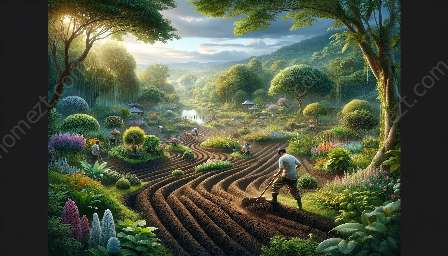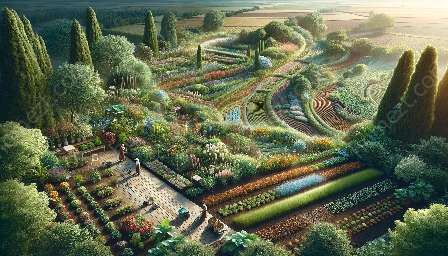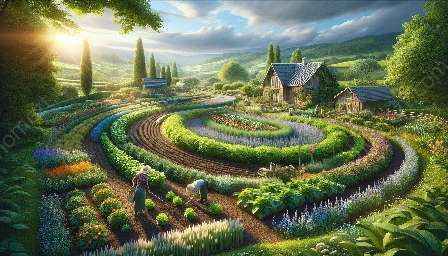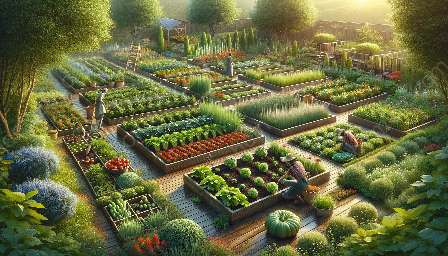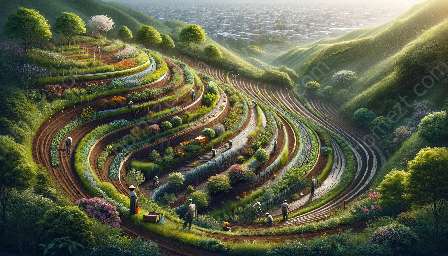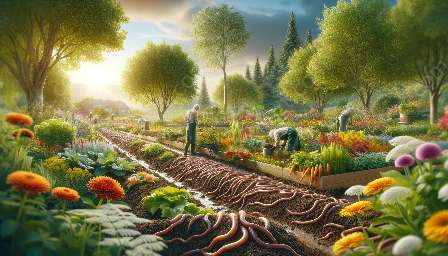Green manure is a sustainable and environmentally-friendly practice that can greatly benefit soil preparation for gardening and landscaping. By utilizing green manure, gardeners and landscapers can enrich the soil, improve its structure, and promote healthy plant growth. This comprehensive guide explores the concept of green manure, its benefits, and its relevance in gardening and landscaping.
Understanding Green Manure
Green manure refers to crops or plants that are grown and then incorporated into the soil to improve its fertility and structure. These crops are typically grown specifically for this purpose and have the ability to add nutrients and organic matter to the soil.
Unlike traditional chemical fertilizers, green manure acts as a natural soil conditioner, offering an array of benefits that not only enhance soil quality but also contribute to sustainable gardening and landscaping practices.
The Benefits of Using Green Manure
Green manure offers numerous advantages for soil preparation, gardening, and landscaping:
- Soil Enrichment: Green manure plants, such as legumes, have the ability to fix nitrogen from the atmosphere and transfer it to the soil, thus increasing its fertility.
- Organic Matter: Incorporating green manure into the soil adds organic matter, which improves soil structure and enhances microbial activity.
- Weed Suppression: The dense growth of green manure crops can help suppress weeds, reducing the need for herbicides.
- Soil Erosion Prevention: Green manure plants protect the soil from erosion, particularly during the off-season when vegetable crops are not planted.
- Pest and Disease Control: Some green manure crops have the ability to naturally suppress soil-borne pests and diseases, reducing the reliance on chemical controls.
Choosing the Right Green Manure Crop
When selecting a green manure crop, it is essential to consider the specific needs of the soil, climate, and subsequent crops. Common green manure crops include legumes such as clover and vetch, as well as grasses like rye and oats.
The selection of a green manure crop should also take into account the timing of incorporation into the soil, as well as its ability to perform well in the given conditions.
Soil Preparation and Incorporation
Integrating green manure into the soil is a crucial step in soil preparation. The green manure crop is typically grown and then either tilled into the soil or left to decompose on the surface before planting the subsequent crop. The timing of incorporation depends on the specific green manure crop and the needs of the soil and subsequent plants.
Gardening and Landscaping Benefits
For gardeners and landscapers, the use of green manure can significantly improve the health and productivity of their garden beds and landscapes. By implementing green manure, they can create a self-sustaining and eco-friendly cycle of soil improvement without relying on synthetic fertilizers or harmful chemicals.
Moreover, the practice of green manure aligns with sustainable gardening and landscaping principles, promoting a healthy and biodiverse environment while reducing the ecological footprint.
Conclusion
Green manure is a powerful tool for soil preparation in gardening and landscaping, offering a range of benefits for soil enrichment, organic matter addition, weed suppression, erosion prevention, and pest control. By incorporating green manure into their practices, gardeners and landscapers can promote sustainable and environmentally-friendly approaches while reaping the rewards of healthy and thriving plants.








